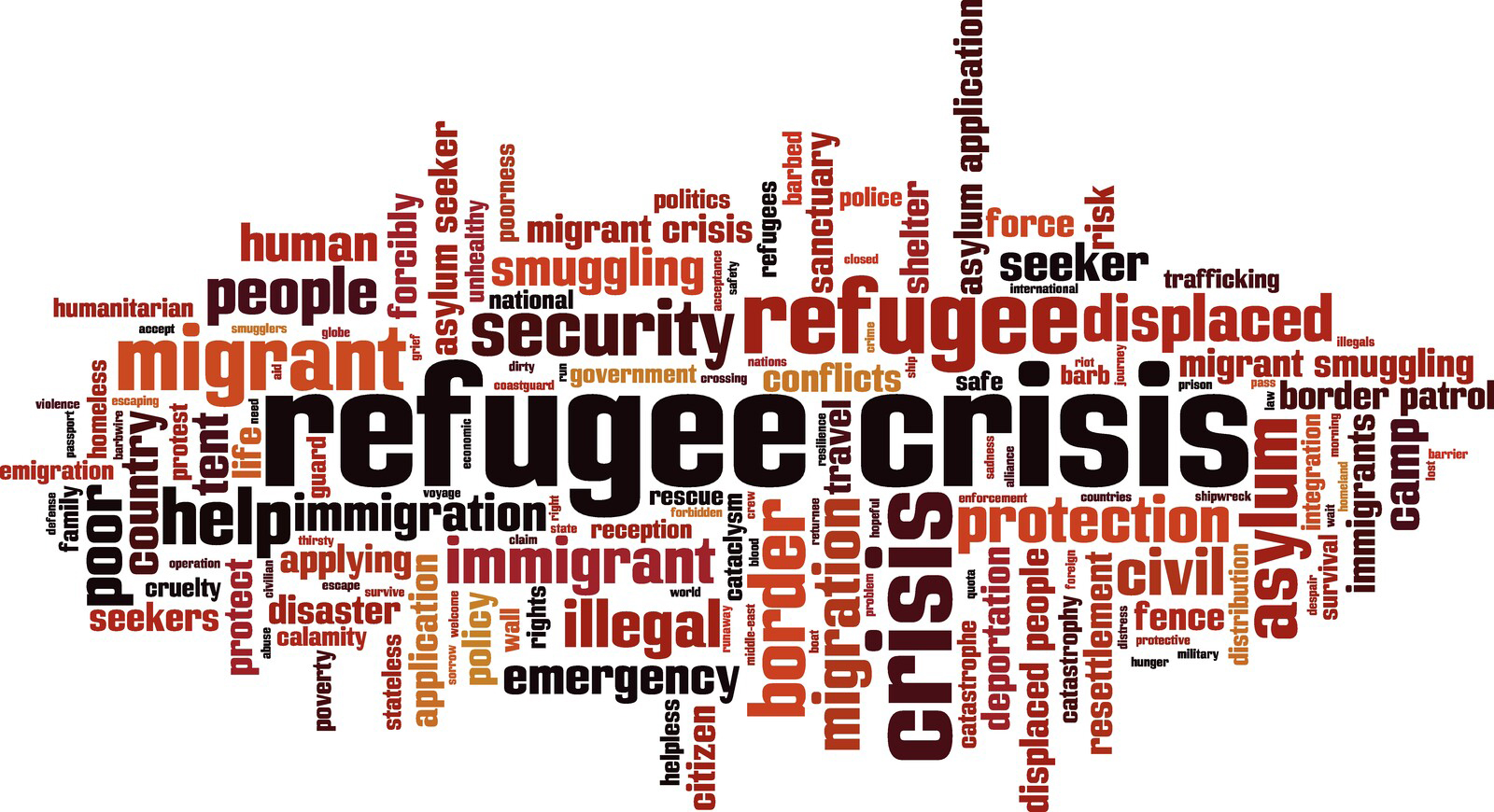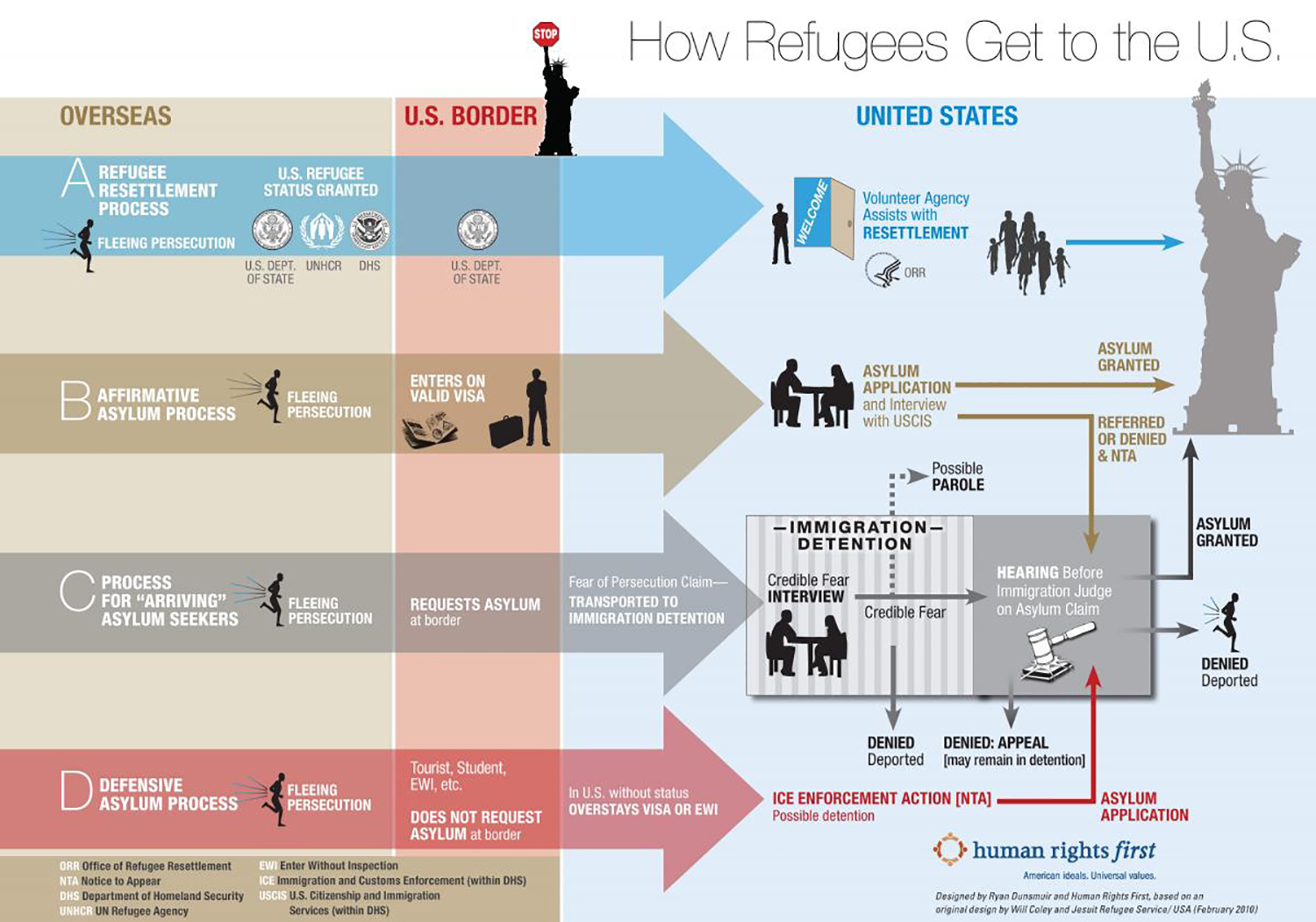
THE CRISIS
The United Nations High Commissioner for Refugees has recently stated that there are 70.8 million people currently displaced around the globe. A decade ago the figure was only 40.5 million. The migration of immigrants is rapidly accelerating as war, violence, and poverty drive them from their countries of origin.
The number of immigrants that are Christians, Muslims, and of other faiths change from year to year as they suffer religious persecution in their homelands. Many of these have reached the U.S. and intend to seek asylum here.
Asylum Seekers
Immigrants seeking asylum represent the group that usually have the greatest need. Many enter the U.S. on a tourist visa and come with their life-savings but have sorely underestimated the cost of living here. The process is long and arduous. You can read about the process here.
Refugees
The term “refugee” is used widely to refer to any immigrant coming into the United States. In reality, refugees are technically those who are fleeing war, persecution or violence in their home country and have gone through strenuous vetting processes before entering this country. The Department of Homeland Security, the U.S. Customs and Immigration Service, and other agencies require many background screenings before they are qualified to enter through either a lottery (which no longer exists), family unification, or other valid reasons for entry. The policies governing this process are under extreme scrutiny at this time. Every administration reserves the right to change these policies and congress has the ultimate legal burden to change the system when and if needed.
The current ban governing certain Middle Eastern countries is specifically in relationship to the Refugee process. The “ceiling” we hear so much about in the media relates to all admitted refugees from all countries and is set by the current administration.
In 2018 there were 22,491 refugees who were allowed to resettle in the U.S. 68.1% were Christians, 15.5% were Muslim, and 9.3% were of other faith backgrounds. California receives roughly 9% of the total.
You can read more about the definitions, the process and the numbers of refugees and asylees entering the U.S. in the following article posted by the Migration Policy Institute in June of 2019.
Refugees and asylees in the United States
If you are interested in the volume of refugees entering the U.S. from specific countries and where they are being admitted for resettlement, please view the interactive chart that will give you pertinent details.
Check the number of immigrants based on country of origin in specific California counties

